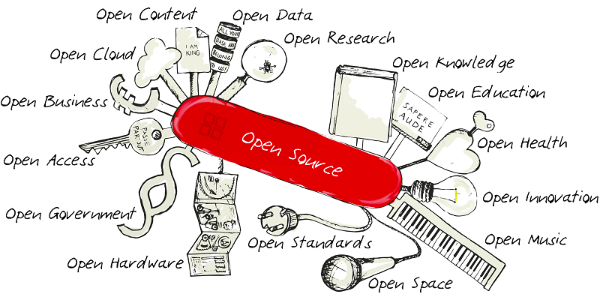Drawing on MOOCs for Lifelong Learning

I recently took a free online MOOC (Massive Open Online Course) on "Drawing Nature, Science and Culture: Natural History Illustration" that is offered by the University of Newcastle (UOM Australia) that is now included in the edX platform. Readers here may be familiar with MOOCs, but if you are new to them, they are online courses that are offered for free. They are usually university courses, though many are hosted by MOOC providers (edX, Coursera etc.). To many people the experience will not be at all like "taking a course" at a university. It might be your first time learning online, and that is odd for anyone. They are "massive" because you probably will be one of thousands of students in the class. The "lectures" are probably videos and probably (thankfully) much shorter than the 90-minute ones you had in college.
This particular course is an "archived course" which means there is no active instructor. The six-week course was first offered with an instructor in October 2016. EdX keeps courses open for enrollment after they end to allow learners to explore content and continue learning. All features and materials may not be available, and course content will not be updated, but courses are sometimes offered "live" again.
Learners may take a MOOC for credit or to get a certificate of successful completion (it is an option for many courses) and pay a fee (generally far less than typical tuition). But the majority of learners take them for lifelong learning and perhaps professional development with no desire to get credit.
UON has a prestigious Natural History Illustration program. I do some drawing and painting, but I am certainly not an aspiring scientific or medical illustrator. That is one of the great things about these MOOCs. There is very little pressure and no prerequisites to taking a course. A middle school student could attempt one. You need no artistic background. You might want to take it to learn about the topic and not even expect to try drawing yourself.
I audited a few art courses as an undergraduate. I was an English major and they didn't count towards my degree requirements - and I wasn't really good enough to be in those courses, but professors often allowed a few extra students. Professors made it clear that you needed to attend classes and do the assignments, but you would not get the same attention as the tuition-paying students. The MOOC model is similar.
This course is about observing and illustrating subjects from nature, science and culture, with their linkages to the environment being central. My interest is half art interest and half my interest in nature.
My own artwork is not "realistic" so it was a challenge to try creating accurate replications of subjects from the natural world.
Topics included:
- Core scientific observational skills
- Field drawing and sketching techniques
- Concept sketch development
- Composition for natural history illustration
- Form, proportion and structure essentials
- Drawing and rendering techniques
There are sample videos from many edX courses on YouTube and that's a good way to get a taste of what is in a course.
Here is an intro from the illustration course.
This article first appeared on One-Page Schoolhouse.
